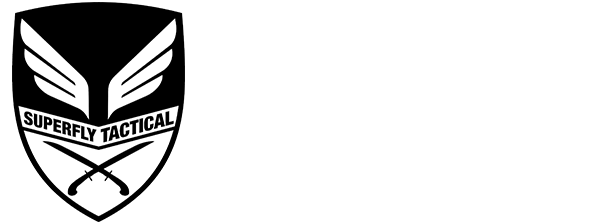It's Platforms all the way down...
None of the ideas presented here are “originally” my own. Rather, they are a consolidation, and in some cases, reconciliation of a few particular terms and concepts that I have heard used between multiple instructors. This is really more of a presentation, and preservation, of my current understanding of these terms and how they play with each other.
Platforms
We consider two platforms - Weapon Platforms and Drill Platforms.
Weapon Platforms — What weapons am I using (single stick, empty hand, etc. etc.)
Drill Platforms — Sequences of strikes and counters put together in some way
Symmetry
Symmterical Weapon Platform — When the weapons in use share some parity in range and application
Double Sticks, Double Knife, etc.
Asymmetrical Weapon Platform — Where the weapons differ in range and application
Single Stick/Sword — your empty hand is the other weapon
Double Knife where each knife is held in a different grip — I recognise that the difference is potentially illusory, but I think it matters enough to be considered asymmetrical.
etc. etc.
When it comes to Drill Platforms - before we can really talk about symmetry, I think we need an understanding of different types of drills:
Feeder Drills — Where one partner feeds sequences to another
At it’s most basic, this is like when partner is feeding a strike and the other partner is learning how to counter it
Mirror Drills — Where both training partners are doing the same thing and these strikes are interacting with each other in some predefined way
Loop Drills — Movements are not mirrored
Non-looping Sequences — The drill ends in a reset, rather than allowing for a smooth transition back into another loop
Of these, only Mirror Drills would fall under a Symmterical Drill Platform, while the rest would be considered Asymmetric. Essentially:
Symmetrical Drill Platform — where the drill is made of sequences that are repeated on both sides
When done with a partner, these are often seen as mirror drills
Sinawali, like Heaven 6, is a good example of this
Asymmetrical Drill Platforms — Where there is no symmetry between sequences in the drill.
Loop Drills —Both partners doing the same sequence of movments, but the movmements interact with each other at different points
Like Qol de Mama, or the more commonly known drill - Sumbrada.
In QdM, there are 6 moves in total and the strikes are paired like 1 and 4, 2 and 5, 3 and 6.
Non-looping sequences — like our Asymmetrical Palusot Drill, which simply resets at the end of the sequence
